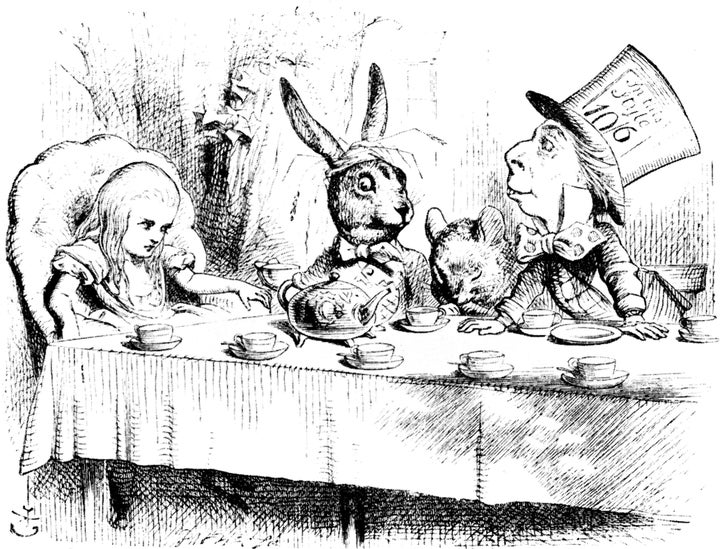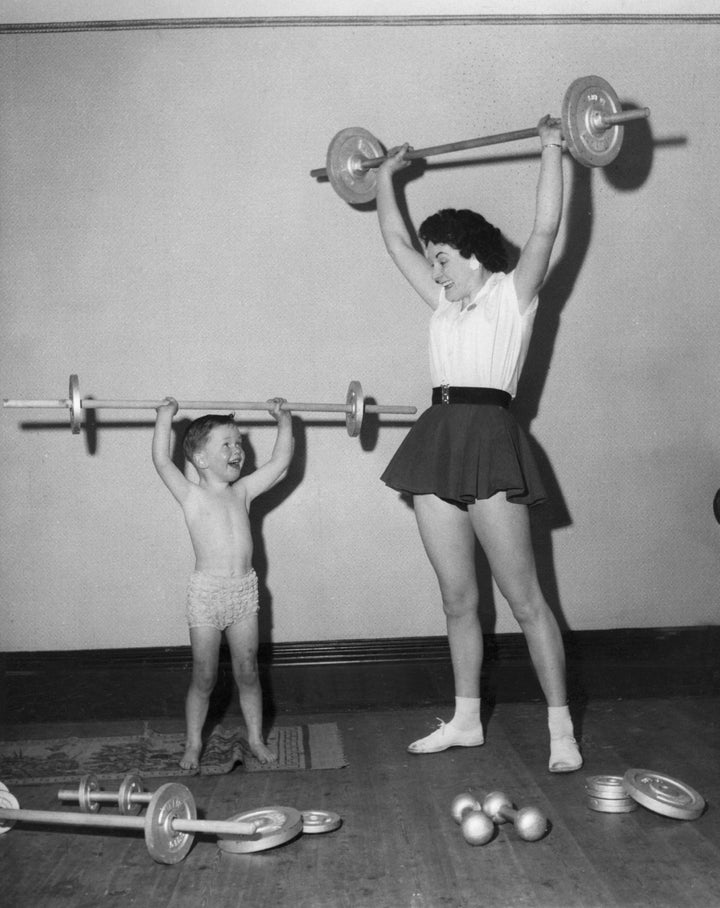
Babies have an almost magical ability to melt the hearts of adults ― most adults, anyway. Earlier this year, scientists revealed that infants’ cuteness doesn’t end with just chubby cheeks, button noses and other visual features. It also includes how they sound and smell. It’s as if babies are designed to shower us in a positive sensory overload targeting all senses.
And this is no accident. Throughout evolution, babies (of humans and probably most other animals) developed ways to optimally attract the attention of adults, whom they need in order to survive. Research going back to the 1940s by renowned ethologist Konrad Lorenz, who looked at babies’ physical features and face — what he called the baby schema — suggests they are not funny or cute by chance, but that cuteness has some sort of evolutionary purpose by provoking a care reaction in adults.
But what happens when babies grow out of infancy, and their extremely cute faces morph into something less baby-like and more adult-like? This is a particularly important question for human kids who have a long childhood and a long period of dependency on adults. They have to develop another strategy to keep a firm grip on our hearts.
And, of course, they have. As their outside cuteness slowly fades, kids seem to use another skill to continue getting caring attention from parents: something that a group of scientists in Spain have dubbed cognitive babyness.
“Preschoolers have something that seems as strong as the baby schema in infants. Something that makes children more appealing for adults,” said psychologist Carlos Hernandez Blasi of University Jaume I in Castellon, Spain. “What we find is that precisely in this period from 2 to 7 years old, which we call early childhood, these important cues for adults are not so physical in nature but cognitive.”
Kids at this age show a type of immature thinking that comes off as cute and funny, and provokes a positive emotion and caring reaction in adults, Blasi and his colleagues found in experiments.

One such immature thinking involves showing a bias to attribute lifelike and human motivations to inanimate things. For example, a child might say “the sun didn’t come out because he was mad.” This type of thinking is called animism.
Another is finalism, or a bias to attribute specific purposes or “reasons for being this way” to events. For example, a kid might say that a mountain has a big peak and a small peak, because the big one is for long hikes and the small one is for short hikes.
“We have labelled this group of cognitive traits as reflecting supernatural thinking, because what they share is an explanation of natural phenomena that involves some form of supernatural or magical causation,” Blasi and his colleagues wrote in a new paper in the British Journal of Psychology.

Not all childlike thinking involves magical causation and supernatural elements. Overestimating one’s ability (to memorize a long list of 50 items, for example) is one of type of such natural immature thinking.
To determine the effects of these various modes of thinking on adults, Blasi and his team presented college students with pairs of short vignettes. One depicted a child showing immature thinking (of either the natural or supernatural type) and a second depicted another child using the same type of mature thinking that adults show.
The study participants had to rank the hypothetical children, who ranged in age from 3 to 9, on a dozen adjectives, including, cute, sneaky, smart and helpless.
The researchers found that adults rated the children exhibiting immature supernatural thinking more positively and as more helpless than children expressing mature cognition.
Sometimes the vignettes were accompanied by a child’s face, but the cognitive cues seemed to be more powerful than facial cues in evoking adults’ positive reactions. This suggest that for kids beyond infancy, cute behavior trumps a cute face when competing for parents’ caregiving responses.
“It was more important what the kids said than what they looked like,” Blasi said.
In a series of similar experiments, Blasi and his colleagues have found similar effects for both men and women, parents and non-parents, and in two different countries, the United States and Spain.
Another piece of evidence that supernatural thinking in young kids serves to boost parental attention is that a 12-year-old doesn’t find it cute. The positive reaction seems to emerge at some point after puberty.
“Older adolescents’ reaction is similar to adults,” Blasi said. “It seems that this reaction is not something you are born with but develops later on.”
What happens to babies and children who aren’t all that cute, physically or cognitively? Although these young humans may experience some discrimination early on, it doesn’t mean that they would be totally ignored. The babyness that provokes in adults an urge to protect comes in many forms, and a cuter face may just make the reaction come easier and faster.
And no one stays cute forever anyway.
